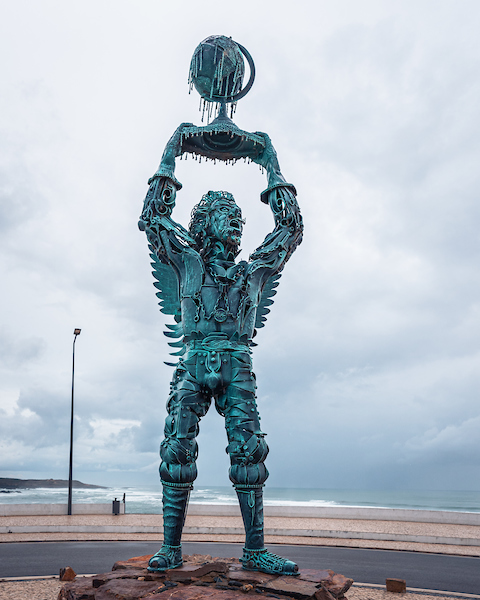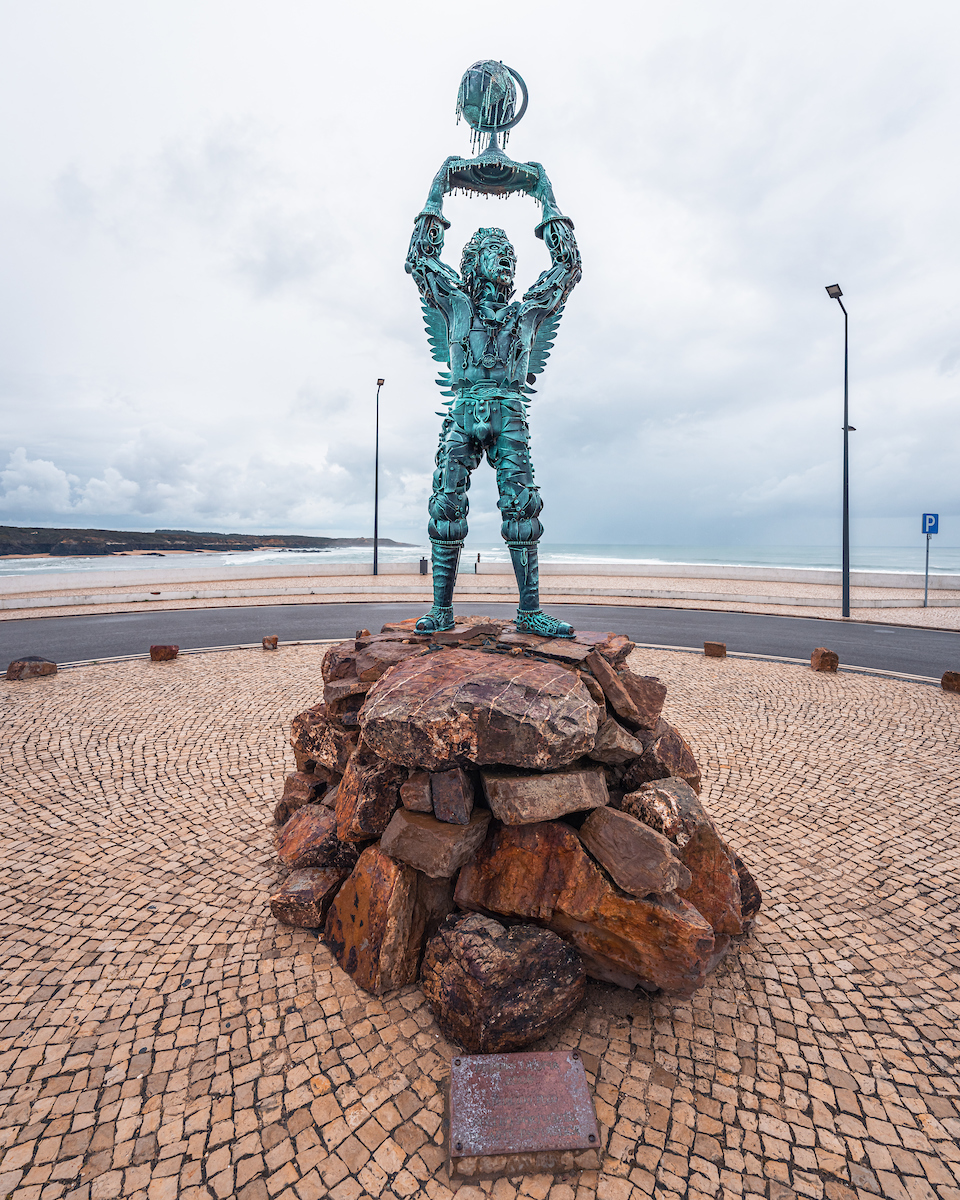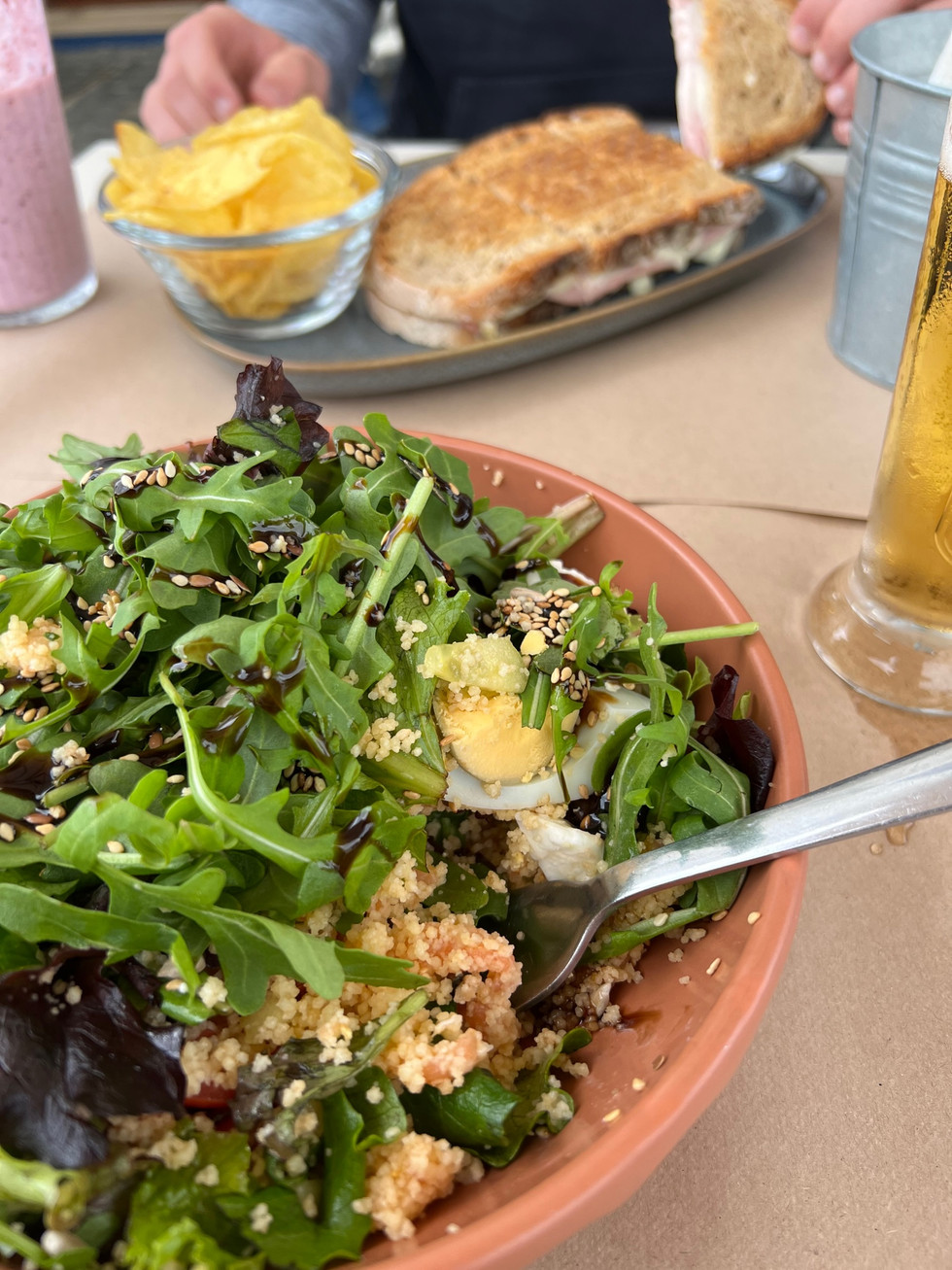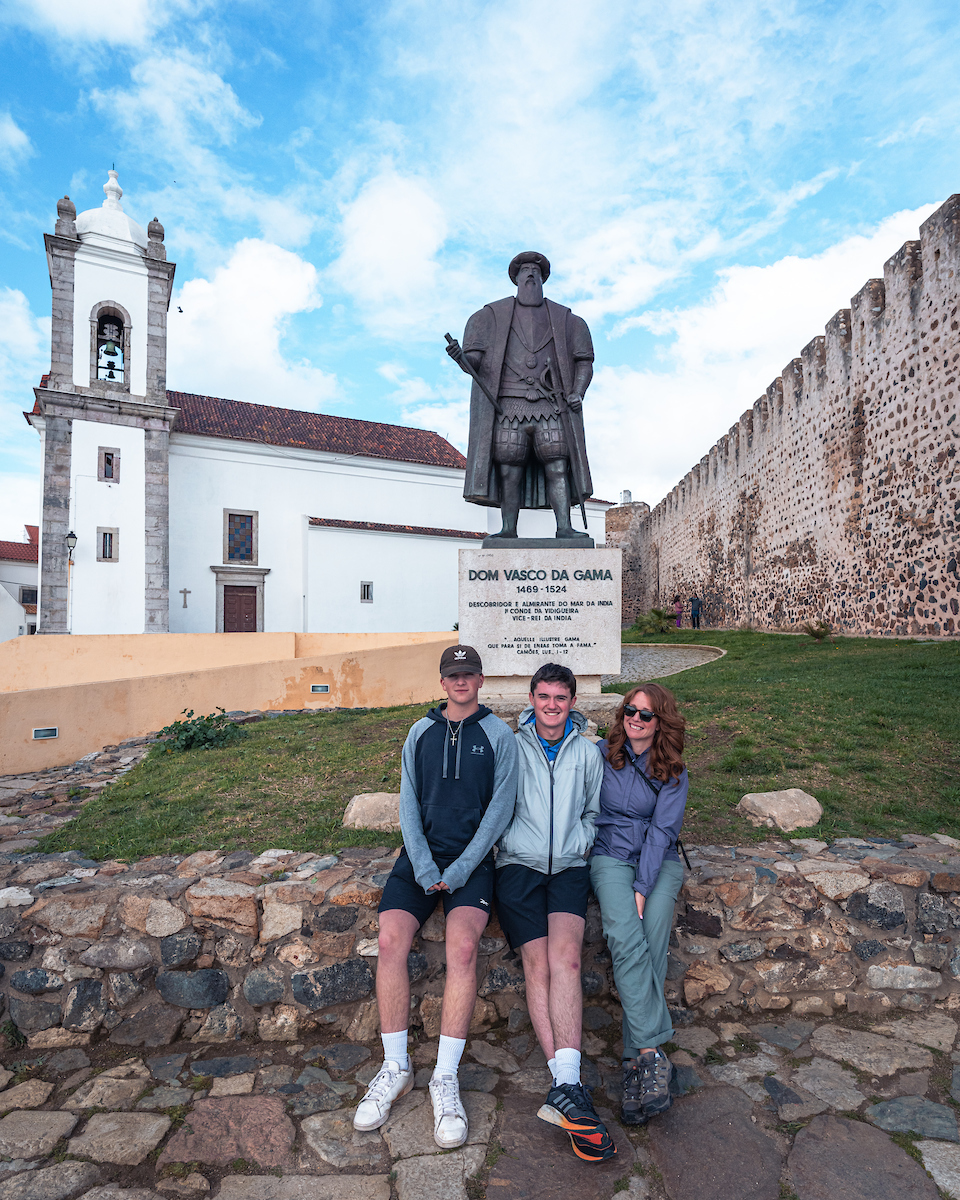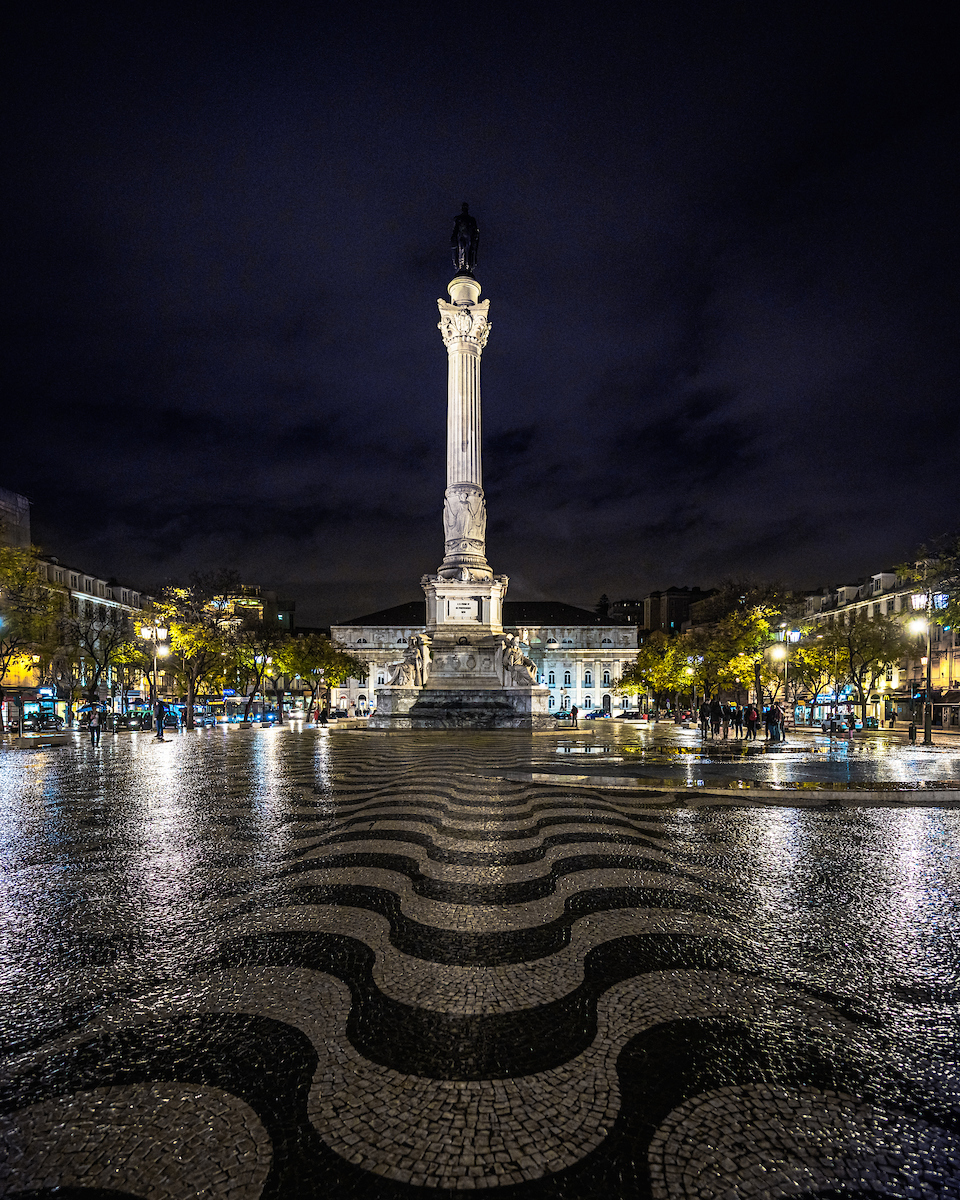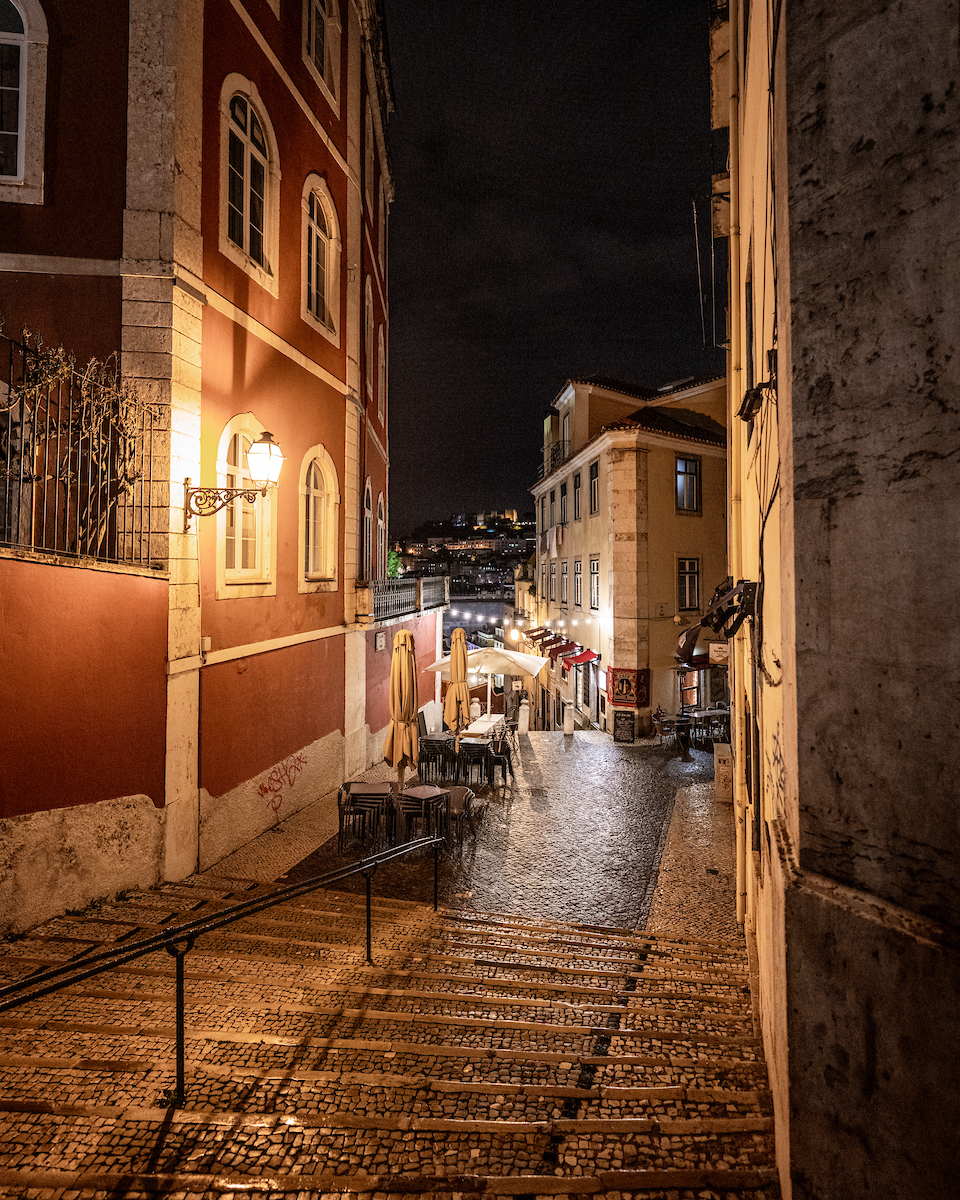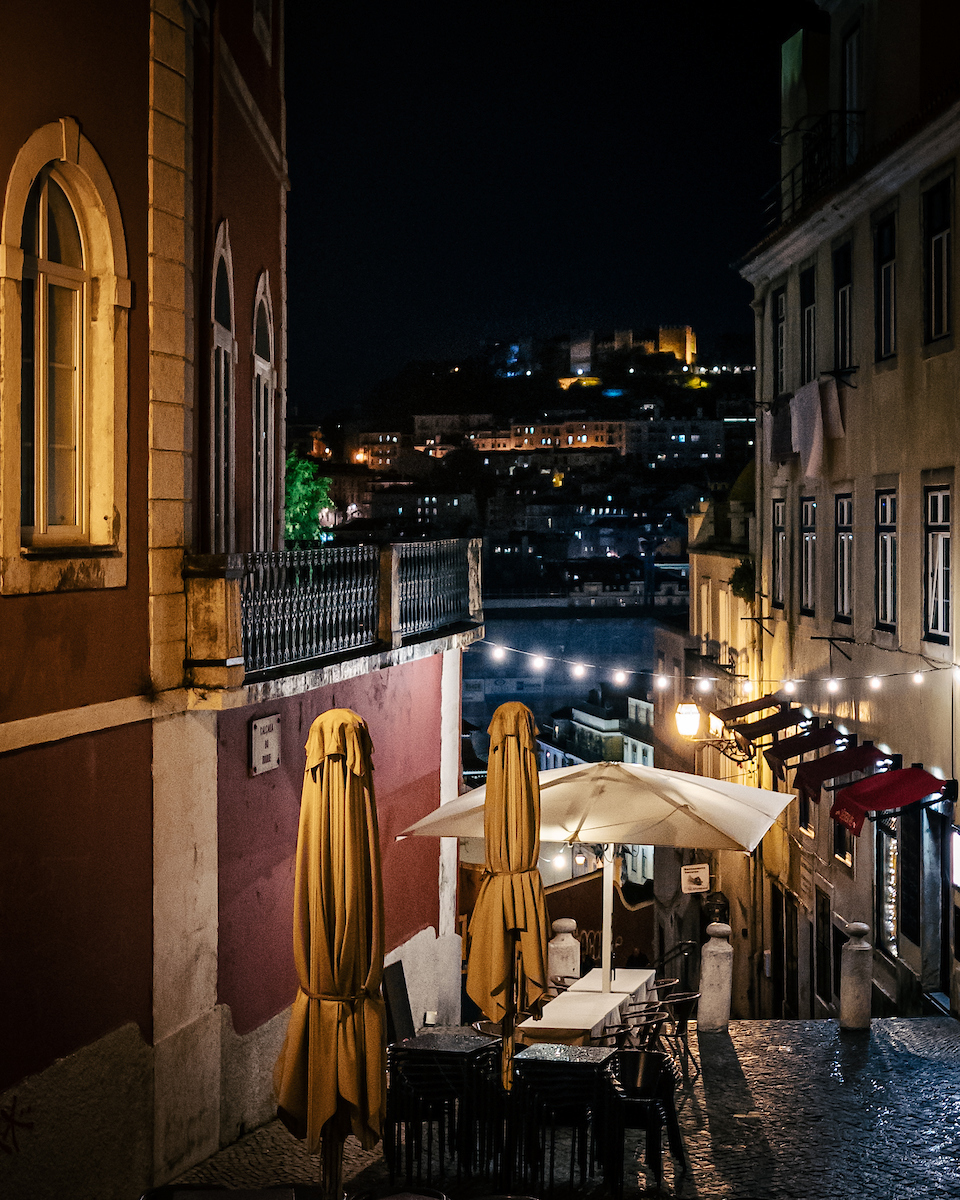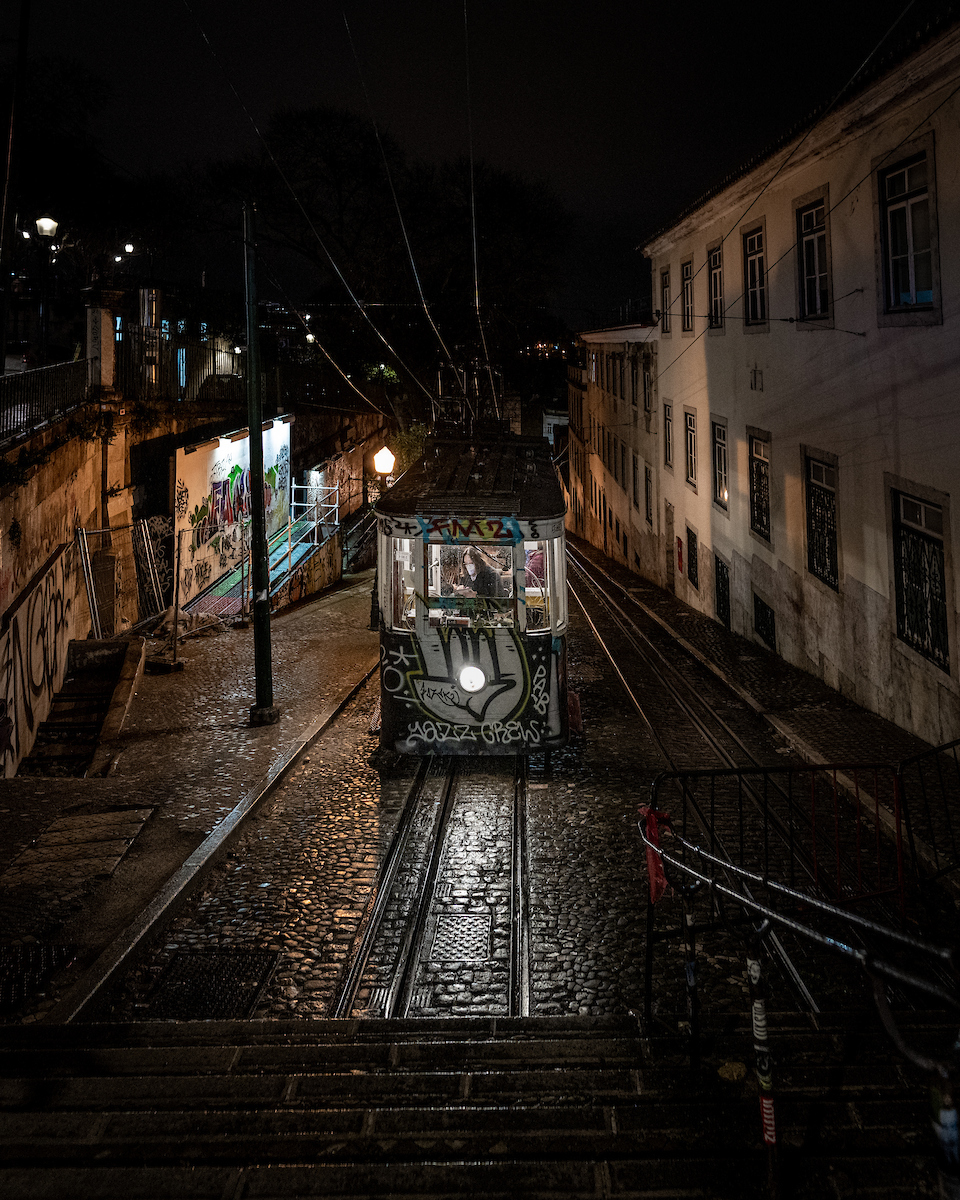Portugal (Day 4): Road Trip from the Algarve to Lisbon via the Coast
- That's How We Travel
- May 1, 2022
- 5 min read
Summary: Mainland Portugal has over 800 kilometers of coastline. One way to experience at least a part of this famously beautiful coast is to take a road trip between Lisbon and the Algarve. From our AirBnB in Lagos, we took an unplanned drive, stopping at random along the way in the towns of Vila Nova de Milfontes and Sines. During our March "off season" trip, these quiet towns were representative of Portugal's charming architecture and laid-back ambiance. Once we arrived in Lisbon, we enjoyed a night walk from the Baxia neighborhood to Bairro Alto.
Driving Routes. The fastest way from the Algarve to Lisbon is on route A2 through central Portugal. The total trip is just 2.5 to 3.0 hours depending on road conditions. If you have time though, we recommend taking the much slower, but beautiful, coastal route. We left late morning because we had already spent a fair amount of time on the southwest corner of Portugal and had decided to drive straight through from Lagos, past Aljezur, and then up the coast from there. If you did not have that same opportunity, then we suggest leaving earlier in the day and heading instead first to Sagres and then up the coast from there. At one point along the way, in order to get into Lisbon, you will need to head east to get around the Bay that is just south of Lisbon. We cut over near the of Grândola.
First Stop, Vila Nova de Milfontes: This small town of just ~5,000 people was our first stop on our coastal drive to Lisbon. We parked in public parking next to the Arcanjo Statue (photo below) This sculpture was created by Portuguese artist, Aurelliano de Aguiar, as a symbol of environmental damage caused by humans.
On this lightly rainy day, the beaches were deserted as we walked along the water and then up the Mira River to central Vila Nova de Milfontes.
Our second point of interest was at Forte de São Clemente, a 16th Century fortress. It is privately owned so you can only view it from the exterior.
Next, we headed into the central District to find a restaurant for lunch. Here, we stumbled upon one of our best meals in Portugal at 18 e Piques Restaurant. This affordable café had fresh, healthy food options, and extra-friendly service. The town itself was quiet, with classic Portuguese architecture throughout. One thing we kept noticing was that even in tiny towns like this, the streets were always clean and free of debris. There is a real sense of pride in ownership in Portugal, no matter where you visit.
The Drive. The photo below was captured while driving (as a passenger), so while the quality isn't great, it is indicative of the landscape in this area of Portugal. In the Algarve, we noticed more arid conditions, whereas the further we drive North, the conditions became more green.
Sines. Our last stop before heading into Lisbon was the town of Sines (pop. ~14,000). In this quiet coastal town, we walked the central district, stopping at Castle Sines and a monument devoted to Vasco De Gama, Portugal's famous explorer - the first to reach India by sea. De Gama was born in Sines around1460 and participated in numerous expeditions. His trip to India, though, is thought to have led to the age of global imperialism as other countries soon followed suit.
In central Sines, we walked the neighborhood and also stopped and enjoyed pastries and coffee at Vela D'ouro. We found this authentic and delicious Portuguese bakery by pure accident and it was perfection.
From here, we drove the last leg of the trip to Lisbon.
Evening Walk in Lisbon. After checking into our AirBnB, we headed out on foot to explore the City in the evening. It had just rained so the streets were wet but quiet. Our flat was in Baixa which is a great, centrally located part of the City. However, it is also filled with tourist-oriented restaurants (read: pricey), so we decided to head out and find dinner elsewhere.
From here, we climbed the steps up to grab dinner in Bairro Alto. This neighborhood has a vibrant night-life with many local restaurants to choose from. We came back here in our last night in Lisbon as well.
Despite the graffiti in the photos below, the City is actually very clean and graffiti-free. This particular tram below was tagged with street art, which made for some cool photos, but it was not representative of all the trams in this City. If you do make it to the top of the hill, be sure to turn around and take in the view of the City below, including the castle across the way (Castelo de S. Jorge).
About Lisbon. This capital city of Portugal is remarkably like our home city, San Francisco, except much older of course. It has cable cars, a Golden Gate Bridge, is situated on hills, and even suffers from earthquakes. We felt very much at home. Lisbon though, has a much more interesting history.
Dating back at least to the Neolithic period, Lisbon's earliest inhabitants were pre-Celtic tribes. Roman rule began in ~200 BC, followed by a long period of Moorish rule, beginning ~711 AD and much like parts of Spain, remnants of Moorish architecture and culture remain throughout the City. For example, Lisbon's famous tile, called "Azulejos," is a remnant from this period in Portuguese history.
In 1147, Lisbon was conquered by Alfonso I of Portugal as part of the Reconquista (crusades), which reestablished Christianity as the predominant religion. In 1506, the City experienced a particular dark time often associated with the crusades in that 3,000 of the City's Jewish population were massacred. Following this time, the City enjoyed their Golden Era where the City was the hub of trade, exploration, and arts.
In 1755, the City (and much of Portugal), was destroyed in devastating earthquake thought to be of 7.7 or more magnitude. As told by our tour guide, if the initial quake did not kill you, the tsunami that came afterwards did, and if you still survived, the devastating fires that followed took you out in the end. Up to 1/5 of the entire City's inhabitants were killed and 85% of the structures were destroyed. In the rebuild years, the City was designed to attempt to address the area's active fault lines and help future develop the science of seismology.
Today, Lisbon is thriving tourist destination. We found it to be safe, clean, and as European cities go, affordable. The architecture, food, and history, all make Lisbon worthy of a "top 10" European City.

